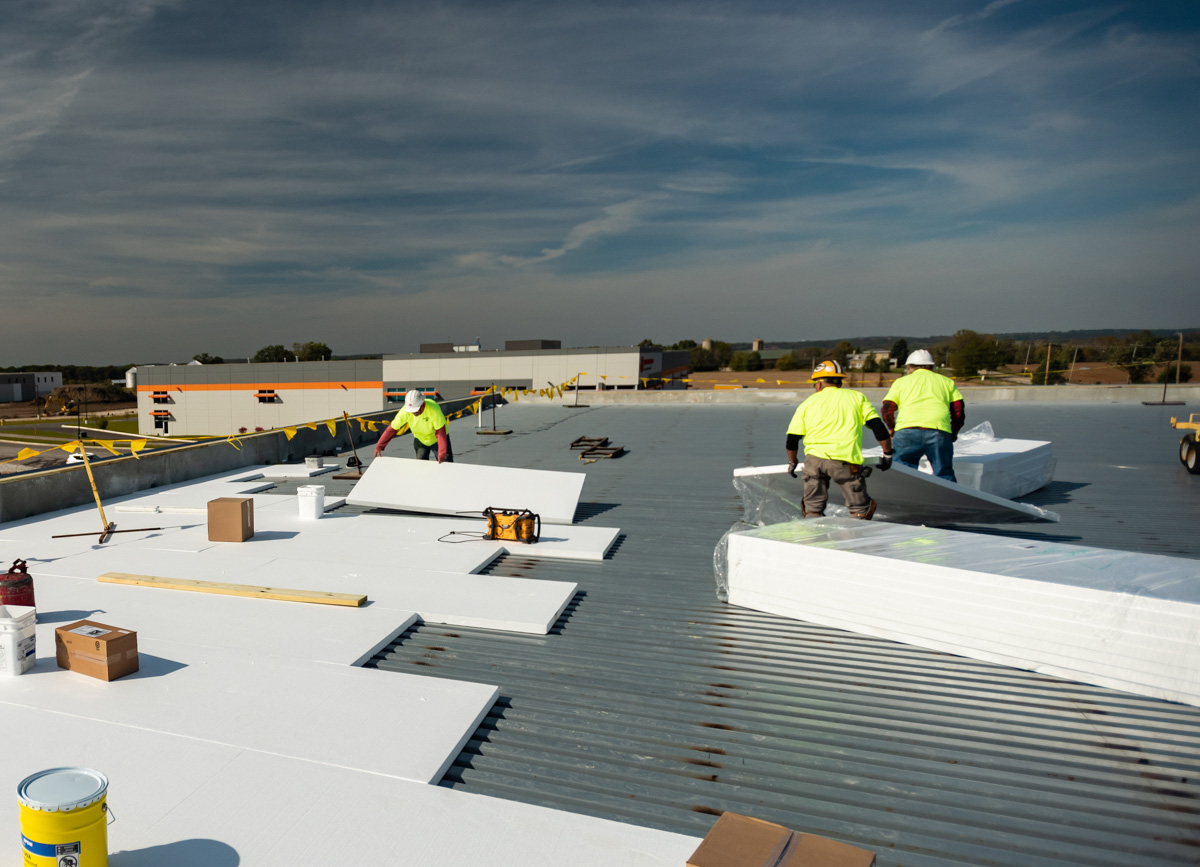How Weather Conditions Impacts The Roof: Things All Homeowner Must Know
Each house owner knows that the rooftop is a major essential components of their house. It is the first line of defense against the weather, so understanding how climatic conditions impacts your roof is vital. From intense sun to heavy rain and snow, different weather conditions can significantly influence the lifespan and state of your roof. This resource will help you maneuver the challenges of roof maintenance and replacement, ensuring that you are prepared and equipped for any climatic challenges.
As you explore the multiple factors that influence roof performance, you will learn how to spot the signals that it might be time to get a new roof, what roofing materials work most effectively in various climates, and how to handle frequent roofing problems. Regardless of whether you are contemplating a basic repair or a complete replacement, understanding the connection between weather and roofing can empower you to make the best decisions for your home and preserve one of your most significant investments. Let's dive into the crucial aspects every homeowner should be aware of about caring for the roof and maintenance in the amidst changing weather conditions.
Grasping Roof Durability and Renewal
While evaluating your roof's durability, it's essential to understand the duration of different materials normally endure. Asphalt shingles can last about two to three decades years, but metal roofing selections often have a duration of around half a century or beyond. Tile roofs are known for their strength, frequently lasting over 75 years. Knowing these durations helps homeowners plan for possible renewal and budget accordingly.
Determining when it’s right to a new roof is essential to staving off further damage. Frequent inspections can uncover conditions like missing shingles, significant wear, or water damage that indicate the necessity for replacement. Residents should be aware of the indications and seek professional advice prior to making decisions. By doing so, they can avoid small issues from turning into expensive repairs.

Replacement involves more than just selecting shingles; it demands careful consideration of weather resistance, material types, and installation practices. Whether choosing a roof tear-off or overlay, knowing the best installation techniques is crucial for long-term durability. Through planning and investigating thoroughly, householders can make sure their new roof resists the elements and delivers peace of mind for a long time.
Typical Roofing Problems plus Resolutions
Householders often come across a range of roof issues that can impact their roof's performance and lifetime. One of the most typical issues is leaking, typically caused by compromised roof tiles, faulty seal, or improper fitting. To resolve leaks, it's crucial to conduct regular evaluations to spot problem areas early and perform necessary maintenance. Householders should ensure that any compromised roofing materials are substituted promptly to stop further water penetration, which can lead to serious damage inside the home.
Another prevalent issue is the existence of moss growth and algal growth, which can deteriorate roofing materials over a period. This often occurs in dim areas or in climates with increased moisture. Householders can prevent this by maintaining proper attic ventilation and cutting hanging branches to improve light access. Additionally, there are particular cleaning products on the market that can be safely utilized to roof surfaces to eliminate existing moss growth and stop future development.
In conclusion, storm harm is an exceedingly frequent issue that can extend from missing roof tiles to significant structural integrity damage. After a storm, homeowners should conduct a comprehensive evaluation of their roofs and look for signs of damage, including marks, breaks, or absent materials. If any issues is detected, it's wise to contact a professional roofer for repairs to ensure the roof structure is brought back to its ideal condition and to prevent additional complications down the line.
Weather-Proofing The Roof: Key Tips
As it comes to safeguarding the roof from the elements, consistent upkeep is essential. Start by booking https://pagh-djurhuus-2.blogbright.net/the-fundamental-handbook-to-picking-the-right-roofer at least twice a year, ideally in the spring and fall. These inspections will help spotting small problems before they grow into major problems. Pay attention to signs like absent shingles, cracked tiles, or leaks, as these indicate that your roof may need repairs. Early detection is vital to extending the life of the roof and avoiding costly replacements.
Choosing the best roofing materials can greatly enhance the roof's durability against the elements. For instance, asphalt shingles are a popular choice due to their affordability and performance, but metal roofing offers superior longevity and resistance to harsh weather. Tile roofing is another excellent option, providing both aesthetic appeal and resilience. When selecting materials, take into account your regional climate and the specific weather challenges you face, such as snow, ice, or high winds.
Another important aspect of weather-proofing your roof is ensuring proper ventilation and insulation in your attic. Adequate ventilation prevents heat accumulation, which can lead to ice dams in winter, while proper insulation helps keep a consistent temperature, reducing strain on the roof. Additionally, investing in premium underlayment can provide an extra layer of protection, especially in regions susceptible to heavy rain or snowfall. Ultimately, taking these proactive measures will serve to safeguard your roof against the elements and prolong its durability.